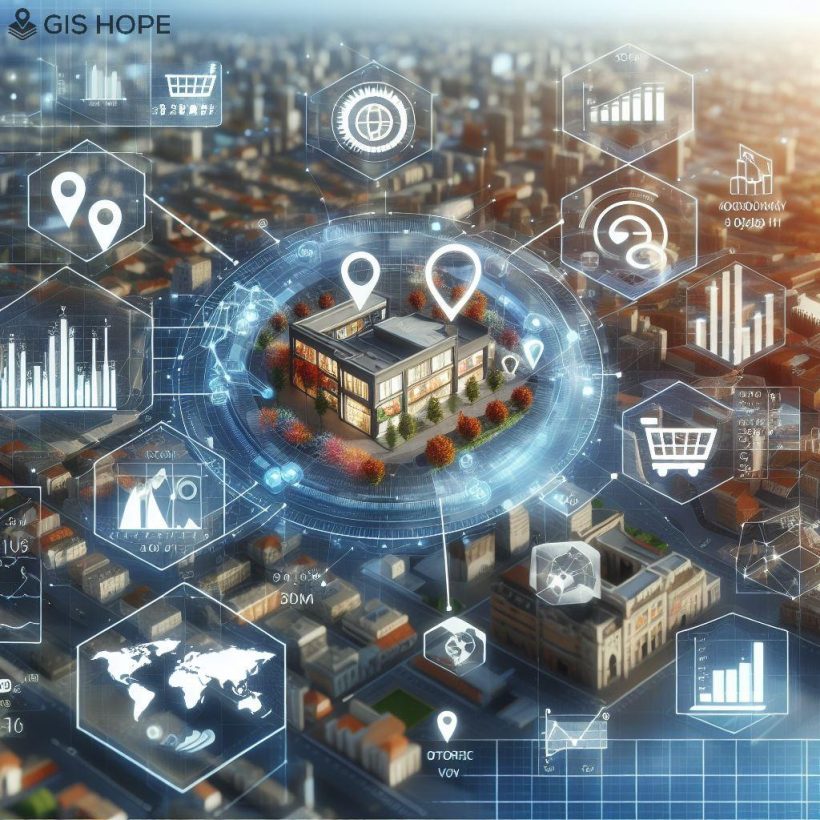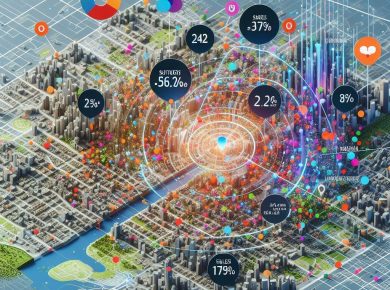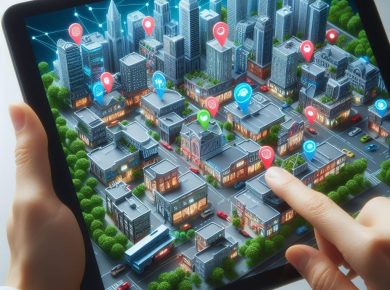The landscape of retail is undergoing a profound transformation, driven by technological advancements and changing consumer preferences. At the forefront of this evolution is Geographic Information Systems (GIS) analytics, which are revolutionizing how retailers understand and engage with their customers. This essay delves into the role of GIS analytics in reimagining the retail experience, exploring how businesses utilize spatial data to personalize shopping experiences, drive innovation, and shape the future of retail.
Personalizing Shopping Experiences
One of the key ways in which GIS analytics is shaping the future of retail is through the personalization of shopping experiences. By analyzing spatial data on customer preferences, purchasing behavior, and demographic trends, retailers can tailor their offerings to individual shoppers. GIS enables businesses to create personalized recommendations, targeted promotions, and customized store layouts, enhancing customer satisfaction and driving repeat business.
Enhancing In-Store Navigation
GIS analytics is also revolutionizing in-store navigation, making it easier for customers to find what they’re looking for and navigate the retail environment. By mapping store layouts, product locations, and points of interest, retailers can create interactive maps and navigation systems that guide shoppers seamlessly through the store. GIS analytics enables businesses to optimize store layouts, improve signage, and reduce friction points, resulting in a more enjoyable shopping experience for customers.
Optimizing Retail Operations
Behind the scenes, GIS analytics is optimizing retail operations and driving efficiency. By analyzing spatial data on inventory levels, supply chain logistics, and store performance, retailers can make informed decisions about inventory management, staffing, and store operations. GIS enables businesses to identify bottlenecks, streamline processes, and optimize resource allocation, resulting in cost savings and improved operational performance.
Driving Innovation and Future Trends
GIS analytics is driving innovation in the retail industry, paving the way for future trends and advancements. From augmented reality shopping experiences to location-based marketing campaigns, GIS enables businesses to push the boundaries of what’s possible in retail. By leveraging spatial data and analytics tools, retailers can stay ahead of the curve, anticipate customer needs, and deliver innovative solutions that differentiate their brand in the marketplace.
In conclusion, Geographic Information Systems (GIS) analytics is reshaping the future of retail by personalizing shopping experiences, enhancing in-store navigation, optimizing operations, and driving innovation. As businesses continue to harness the power of GIS analytics, they will unlock new opportunities to engage with customers, drive business growth, and stay ahead of the competition in an increasingly dynamic retail landscape.
References
- Smith, J., & Telang, R. (2016). “Retail Analytics: The Secret Weapon.” Harvard Business Review.
- Wang, F. (2016). “Quantitative Methods and Applications in GIS.” CRC Press.
- Zikopoulos, P., Eaton, C., & deRoos, D. (2012). “Understanding Big Data: Analytics for Enterprise Class Hadoop and Streaming Data.” McGraw-Hill Education.
- Pohl, C., & Van Genderen, J. L. (Eds.). (2016). “Mapping Urban Practices Through Mobile Phone Data.” Springer.






